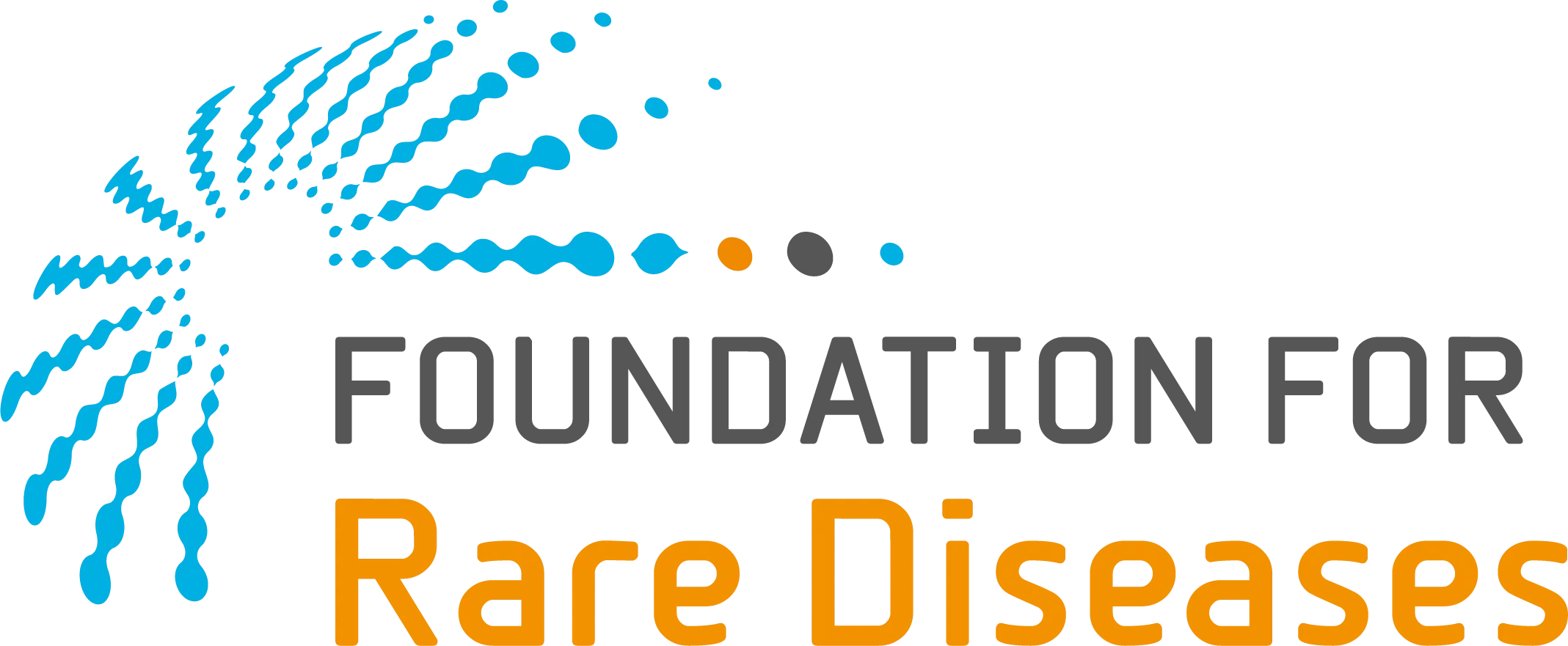BPAN is a rare and untreatable disease caused by mutations in the WDR45 gene (encoding the WIPI4 protein). The difficulty in using cell models such as patient cells has made it urgent to develop simpler cell models for the search of new effective treatments.
This is why the Association Autour du BPAN - with the support of the Foundation For Rare Diseases - has chosen to finance the work of Dr. Lasserre - INSERM U1211 MRGM (Maladies Rares: Génétique et Métabolisme) in Bordeaux1 - based on the use of Saccharomyces cerevisiae, commonly called baker's yeast.
Yeast is an organism that offers a very interesting alternative study model. Indeed, the conservation of genes between S. cerevisiae and humans means that studies carried out on this model are applicable to the human model, and to go further, to human diseases2.
The main objective of this project is the pharmacological repositioning3 to compensate for the absence of the WIPI4 protein, whose production is affected by mutations in the WDR45 gene. The method used consists first of all in reproducing the pathological situation of BPAN by inactivating the yeast gene that corresponds to the human WDR45 gene. Then, the researchers will test, in a single manipulation, a large panel of molecules in only a few weeks1 (see figure below).
To date, a first molecule of interest has been identified. It will be used as a positive control to test a bank of about 1300 other molecules (with a marketing authorization), and will also be tested on patients' cells.
Currently, a Master 2 student, whose internship is financed by the association, is writing her bibliographic thesis (synthesis of scientific articles and description of the BPAN project) before startingthe experiments in early 2020.

Figure. Method for screening pharmacological molecules on yeast mimicking BPAN. The yeasts are first grown in conditions where they can grow (1). They are then deposited on a solid medium offering conditions where they cannot grow (2). Sterile filters are deposited (3 ) and then soaked with chemical compounds (one molecule per filter) (4). If a molecule is positively active, then a growth halo is observed around the filter.
Targeted screening of a few molecules allowed us to identify a first molecule that was active on yeast mimicking BPAN.
1 https://mrgm.fr/
2 Lasserre et al, 2015. Article to download here
3 Pharmacological repositioning consists of using pharmacological molecules already on the market to identify leads for new therapeutic targets.
